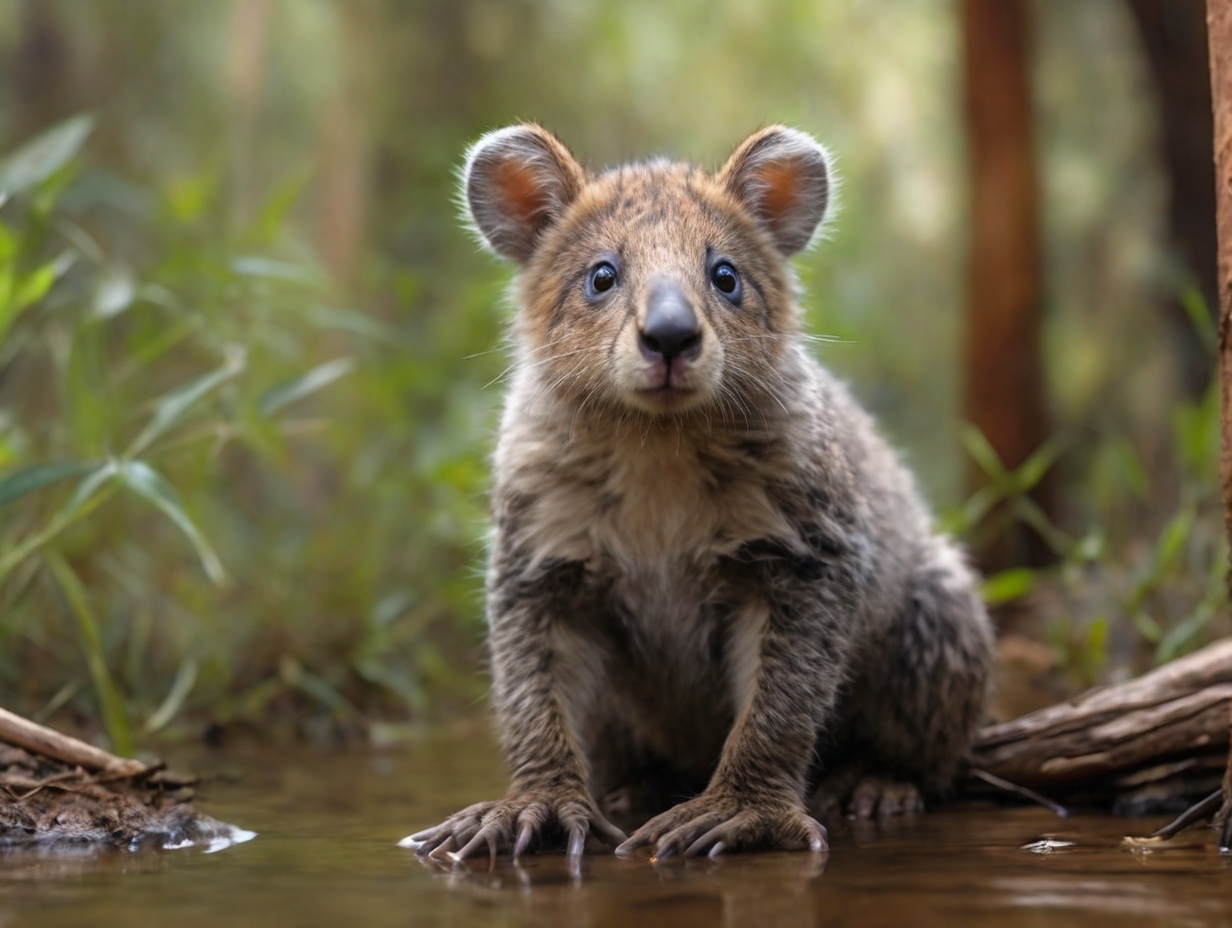In a significant stride towards enhancing biodiversity monitoring and conservation efforts, the Australian Wildlife Conservancy (AWC) has secured a substantial grant from the Australian government. This financial injection, totaling A$750,000 ($492,000), marks a pivotal moment for the organization’s pioneering artificial intelligence (AI) project to identify wildlife species captured in camera-trap images.
The injection of funds from the government’s Innovative Biodiversity Monitoring Grants Program will nearly triple the capabilities of AWC’s AI model. Damien Kerr, AWC’s Chief Information and Technology Officer, expressed gratitude for the grant, emphasizing its pivotal role in advancing the project. The grant will facilitate the employment of additional personnel to gather essential source data, refine model training, and bolster AI-processing capabilities in the cloud.
Camera traps have long served as indispensable tools for wildlife monitoring, yet the surge in data collection has posed challenges in efficient analysis and species identification. Holly Sitters, a senior wildlife ecologist at AWC, highlighted the laborious and time-consuming nature of manual image processing. However, with the integration of AI, AWC aims to expedite this process significantly.
Automating species identification
By harnessing AI, AWC seeks to automate the tagging and classification of wildlife species in camera-trap images, drastically reducing processing time. Sitters noted the importance of this innovation in providing timely information to land managers. The project team has meticulously trained the AI model using nearly 1,000 high-quality images for each of the 44 species it recognizes. The model’s accuracy is continuously refined through comparison with expert classifications.
While the primary focus is on monitoring native species, the AI model also serves to identify invasive species, enabling prompt intervention to mitigate their impact on local ecosystems. Sitters highlighted the potential of this technology in facilitating proactive conservation measures.
With the influx of funding, AWC plans to expand the model’s capabilities to recognize up to 120 native species. Kerr acknowledged the challenges of sourcing thousands of images for rare and threatened species but emphasized the importance of maintaining consistency and standards across data sources.
Empowering future Wildlife conservation efforts
The project’s ultimate goal is to release AI models that identify rare and endangered species, thereby enhancing conservation efforts. Kerr emphasized the significance of making such models available for future technologists and conservationists to build upon, ensuring continued progress in biodiversity monitoring and preservation.
The Australian Wildlife Conservancy’s AI project represents a significant leap forward in wildlife conservation, leveraging cutting-edge technology to streamline biodiversity monitoring efforts. With the support of government funding, the organization is poised to expand the model’s capabilities, ultimately contributing to preserving Australia’s unique and diverse ecosystems. As advancements in AI continue to revolutionize conservation practices, initiatives like this serve as a beacon of hope for protecting our planet’s precious biodiversity.





